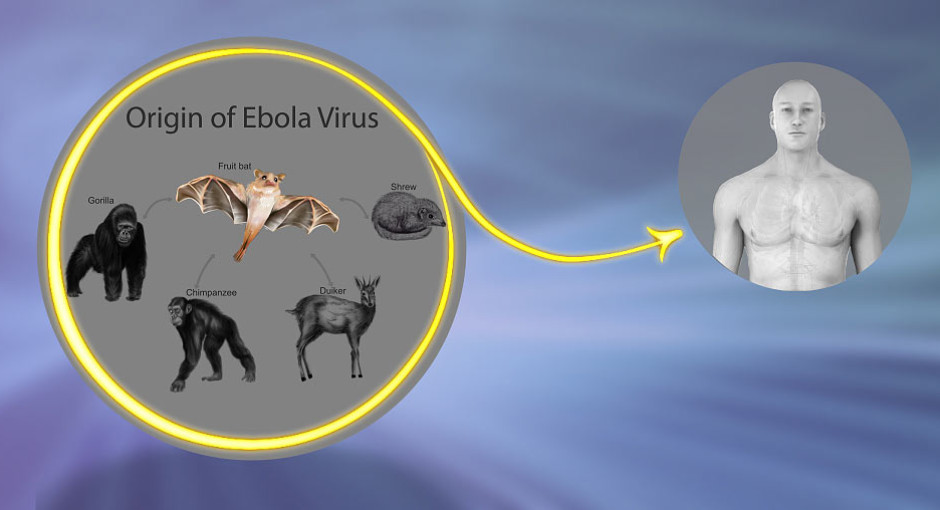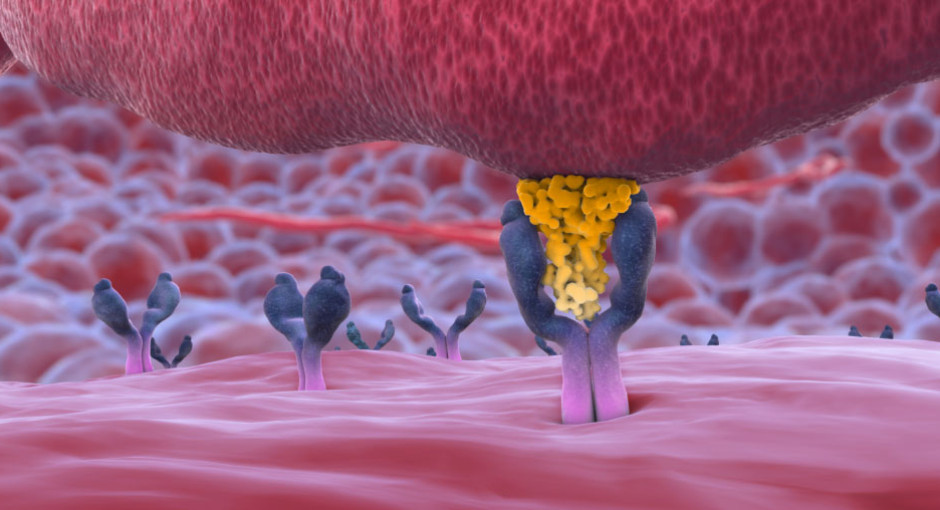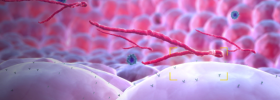What you should know about Ebola?
A video which tells you all that you should know about the Ebola Virus Disease(EVD) which has claimed over 8500 lives by now.
The video gives you an account of the Ebola virus history, geographical spread, causes, symptoms, and precautions to be taken.
Transcript
Ebola virus disease, or EVD. What you should know about Ebola.
Ebola virus causes an acute and serious illness which is often fatal if untreated.
Ebola disease first appeared in 1976 in Nzara and Yambooku.
Most severe cases of EVD in the current outbreak have been reported from Liberia, Sierra Leone and Guinea.
It is thought that fruit bats of the Pteropodidae family are natural Ebola virus hosts.
Infected bats are thought to transmit the disease directly to humans or indirectly through other animals, which are hunted for their meat.
Possible routes of transmission are close contact with the blood, secretions, organs, or other bodily fluids of an infected person or dead animals.
Ebola then spreads from human to human via direct contact with the blood or bodily fluids of an infected symptomatic person or indirectly through exposure to objects such as needles, clothing and bedding, medical equipment that have been contaminated with infected secretions.
Since the mode of transmission is such, people most at risk are health care workers, contacts and family members of the patients and mourners.
The period of incubation of ebola is from two to twenty one days. During this period there is no risk of transmission of disease.
The early symptoms of Ebola closely mimic that of other diseases like the flu, malaria, and typhoid fever.
The condition could worsen over a period of time with the appearance of more severe symptoms.
A few important points to note. Ebola is not Water borne, or food borne. Also, non-symptomatic individuals are not contagious.
Sadly, till now there is no specific treatment for Ebola.
The course of treatment advised involves IV to maintain body fluids, oxygen to ease breathing, medications to cure infection, antibiotics to prevent secondary infections, and intensive supportive care.
As of now, there is no approved vaccine available for Ebola. Hence, calling for proactive prevention and control measures.
When treating patients healthcare professionals must wear protective gear and sanitize hands and medical equipment regularly.
Even after recovery, Ebola patients should continue to follow infection control practices for at least another two months.
Finally, it is extremely important to do contact tracing so as to restrict the spread of ebola.
With proper care we can all work together to prevent and contain Ebola.






